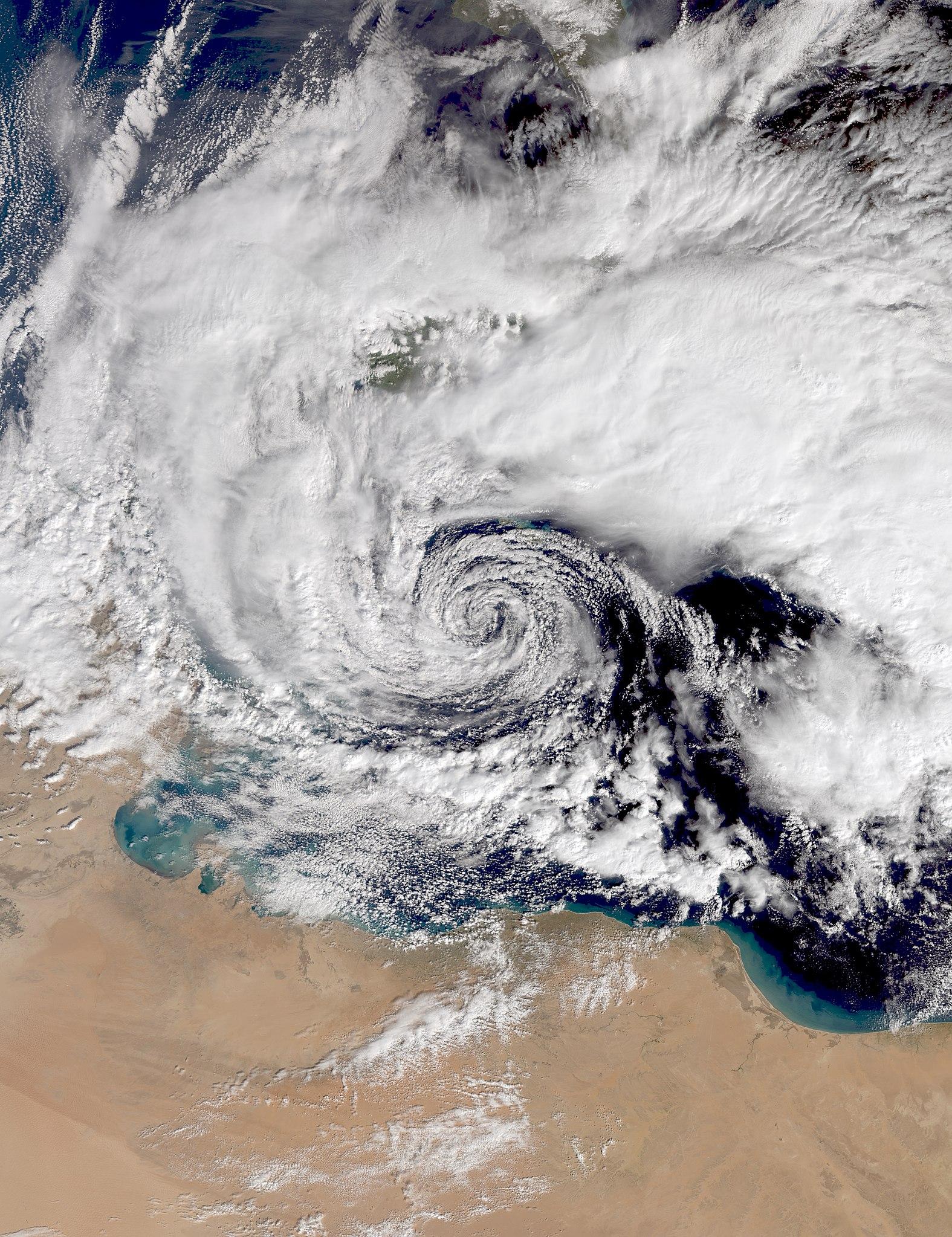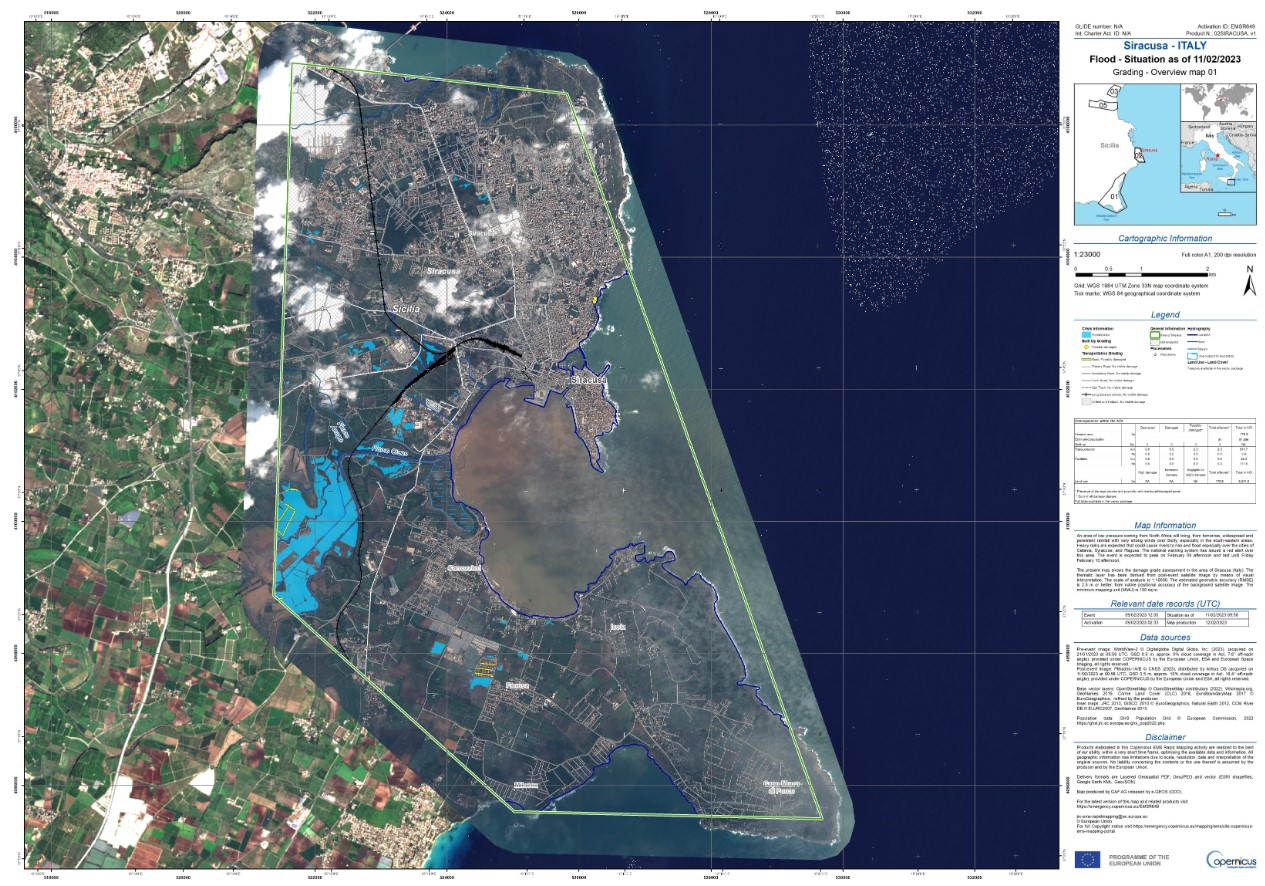
by Richard Davies, Floodlist
Cyclone Helios brought severe weather to Malta and southern Italy from 09 to 11 February 2023, including strong winds, snowfall, low temperatures, and heavy rain.
Malta saw its wettest February day on record when 140.40 mm of rain was recorded at Luqa on 10 February.
Heavy rains damaged a building at the Malta International Airport, where one person was injured. Strong winds also caused damage including the collapse of balconies in Gharb and the collapse of a wall near a historic building in Gozo.
Rough seas caused some coastal flooding, such as in areas of resort towns Marsaskala and St. Julian’s. One person was reported missing after being swept away by high waves near Fort Sant'Elmo.
Local media reported around 14 buildings were flooded in different parts of the country, including in Tarxien where teams from the Civil Protection Department (CPD) were called to assist. CPD officers were also called to rescue 17 people trapped in their vehicles.
In Sicily, Italy, the fire service Vigili del Fuoco carried out over 450 interventions for damage caused by Cyclone Helios in the provinces of Catania, Syracuse, and Ragusa. Civil Protection said they used boats to rescue around 30 people from flooded areas of Syracuse.
Heavy rain caused an electrical failure leaving thousands without power in Syracuse and other parts of eastern Sicily.
The regional government reported flooding along the Gornalunga river, a tributary of the Simeto, in areas of Catania, Ramacca, and Lentini.
Copernicus Emergency Management Service (EMS) mapping was activated on 09 February. Images provided by EMS showed flooding in areas of Cuccumella, Acireale, Syracuse, Catania, and Pachin, among others.

President of the Sicily Region Renato Schifani declared a state of emergency and said “the damage suffered by the areas of eastern Sicily was enormous.” On 01 March he announced a programme of maintenance and dredging of rivers and streams.

